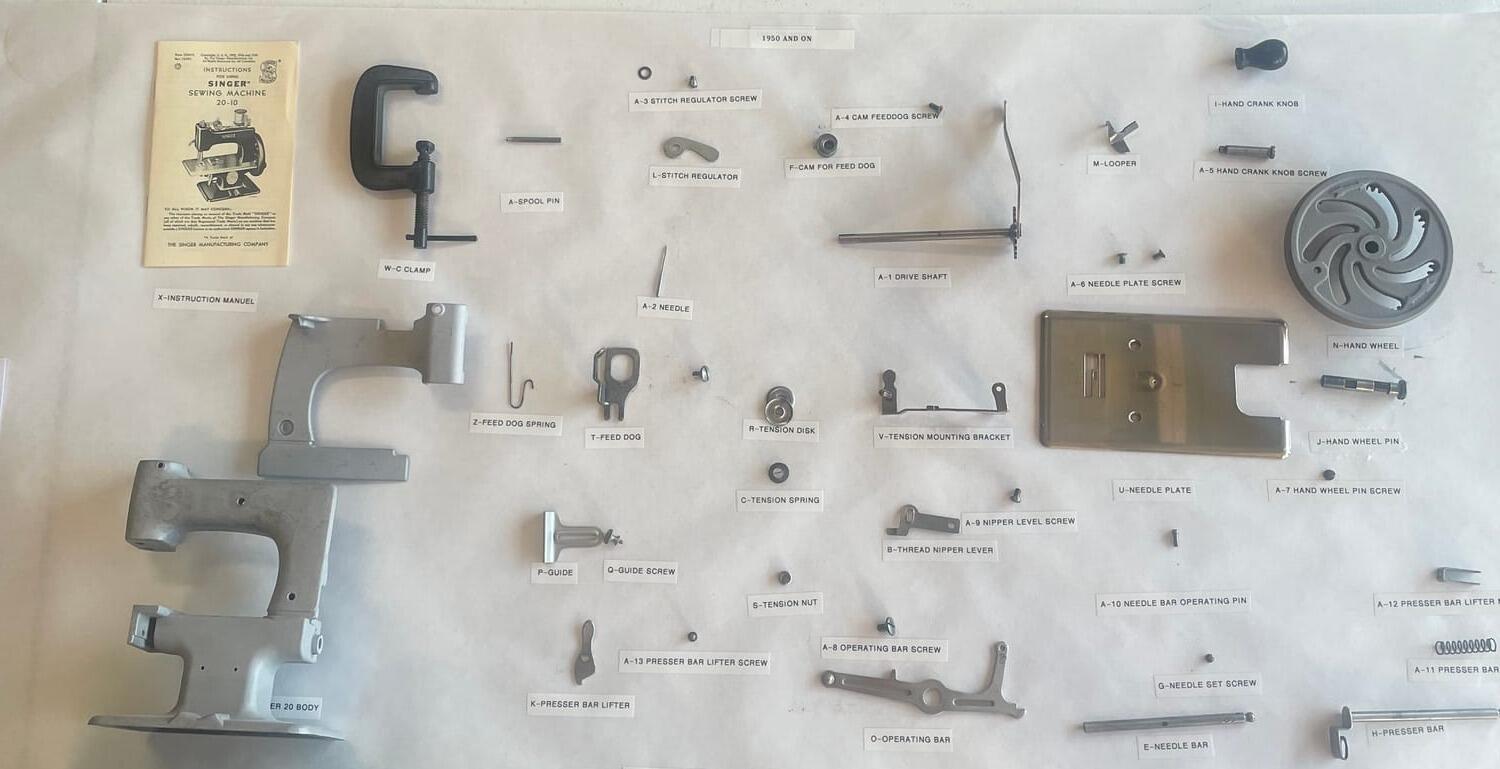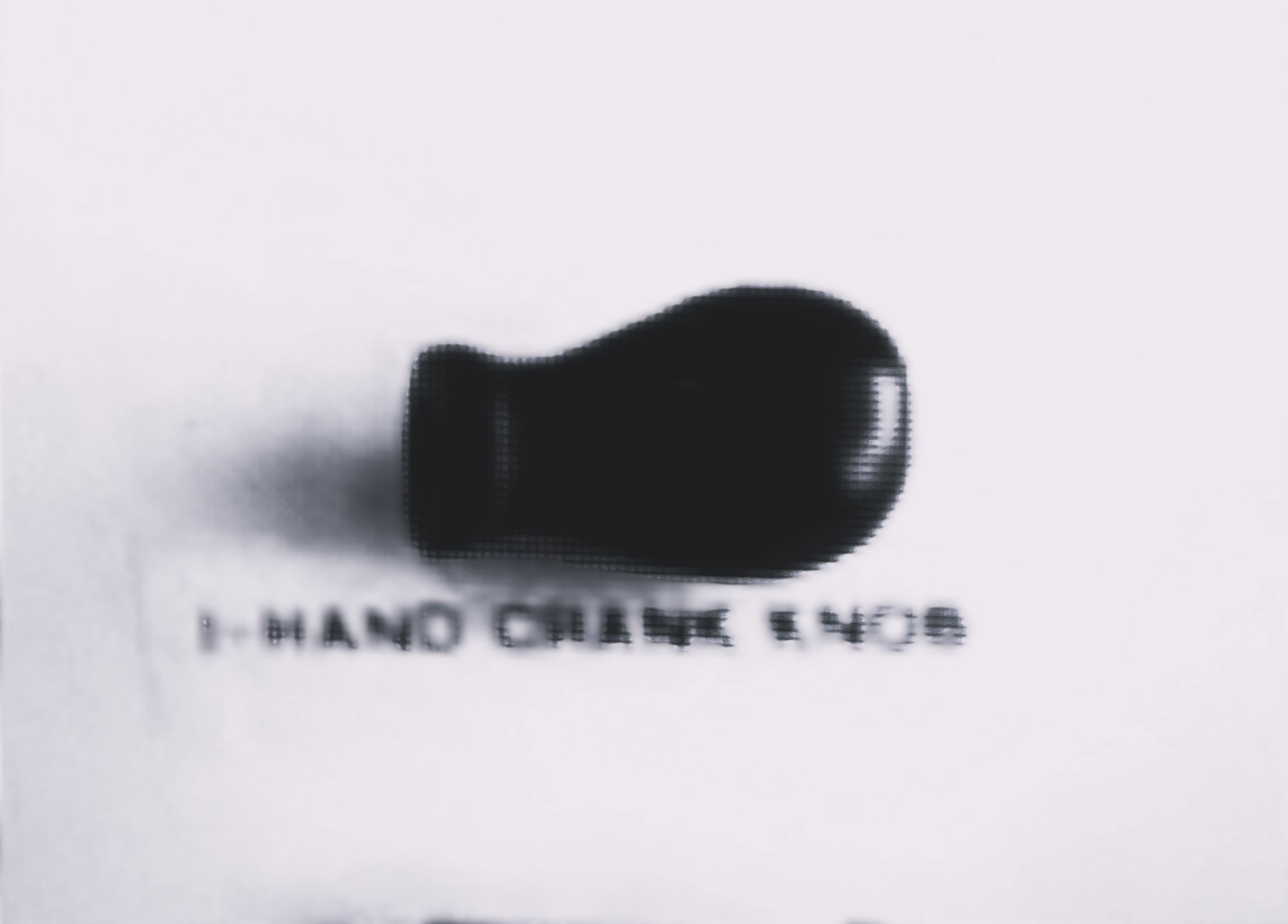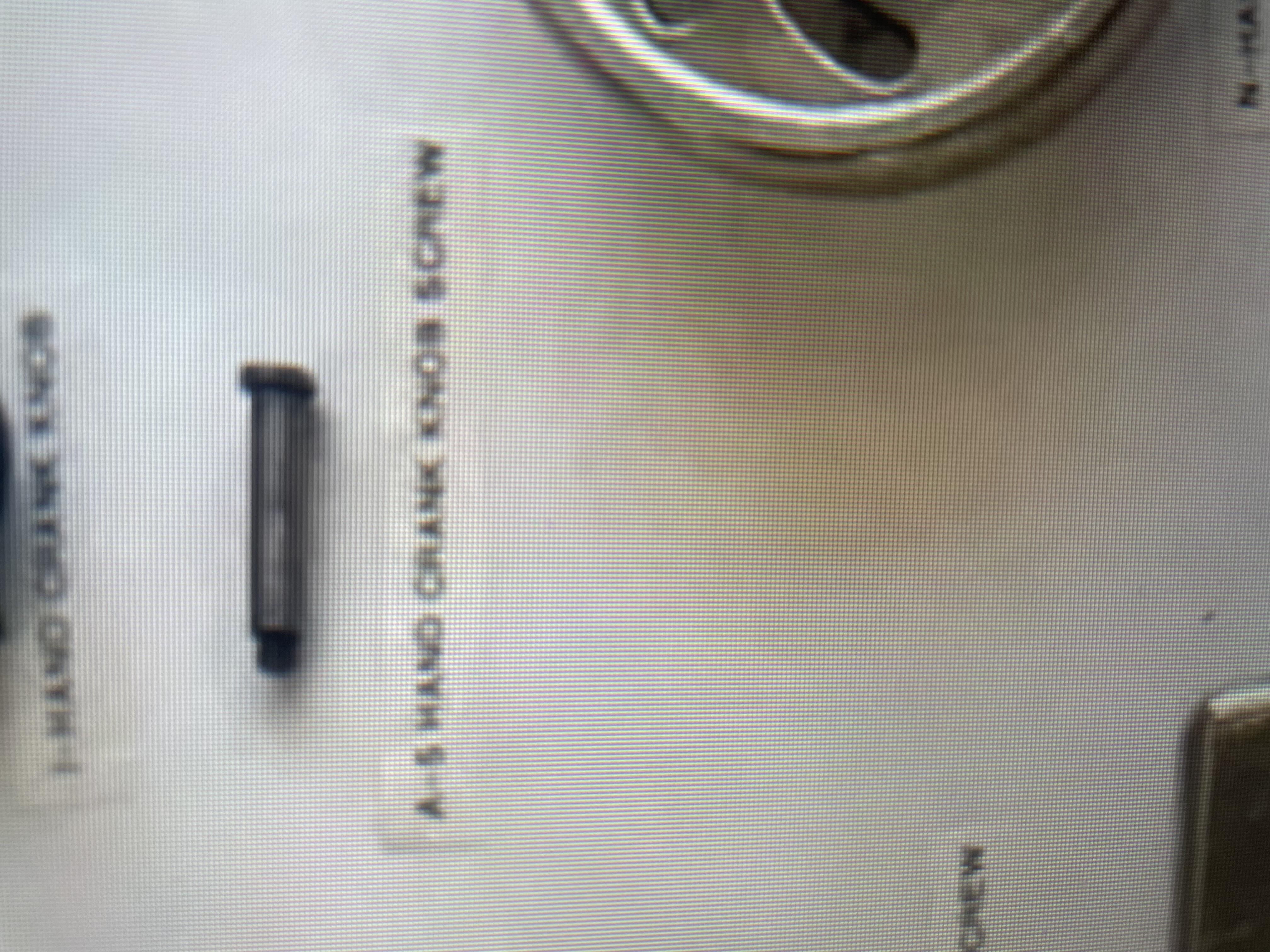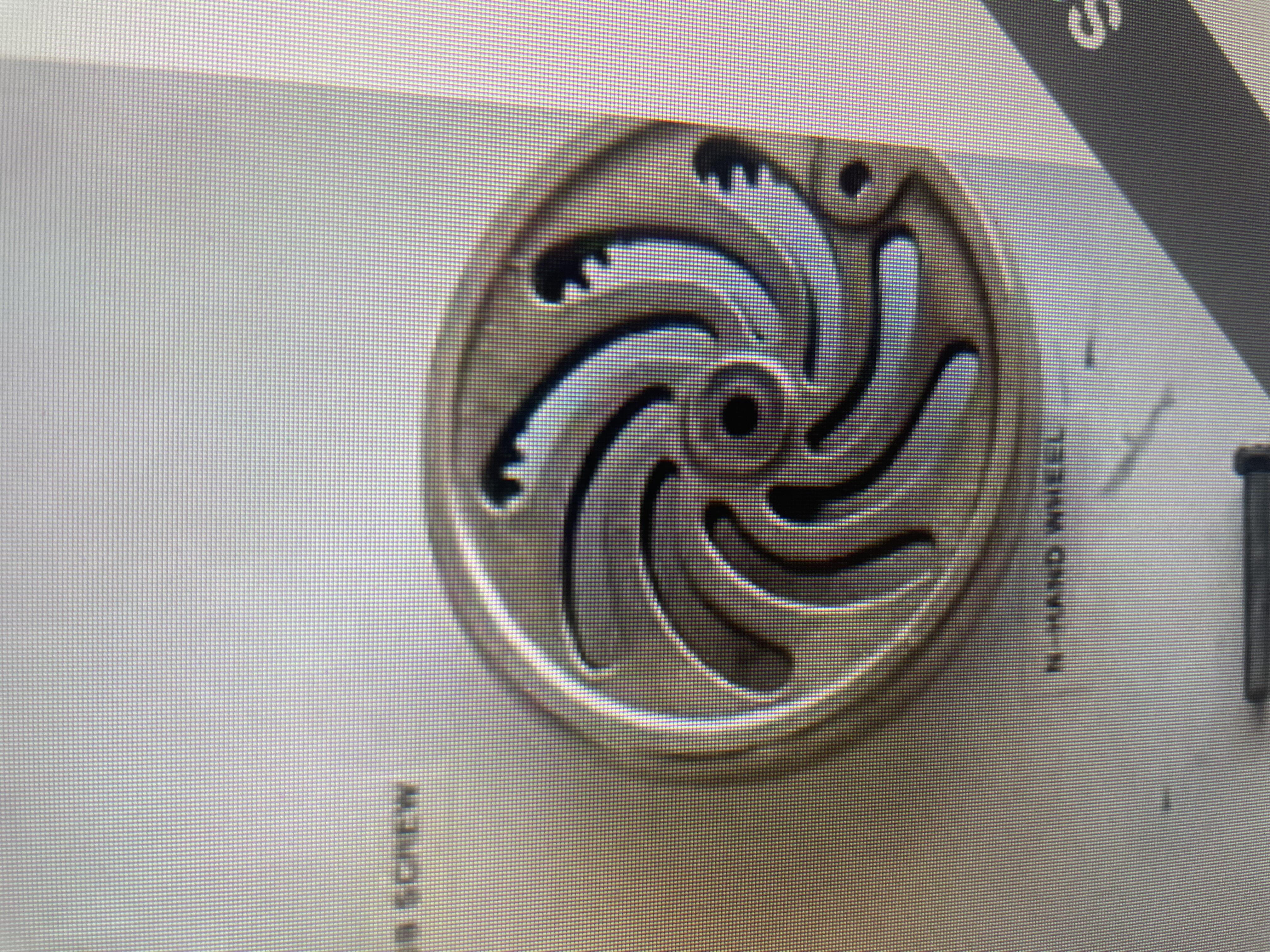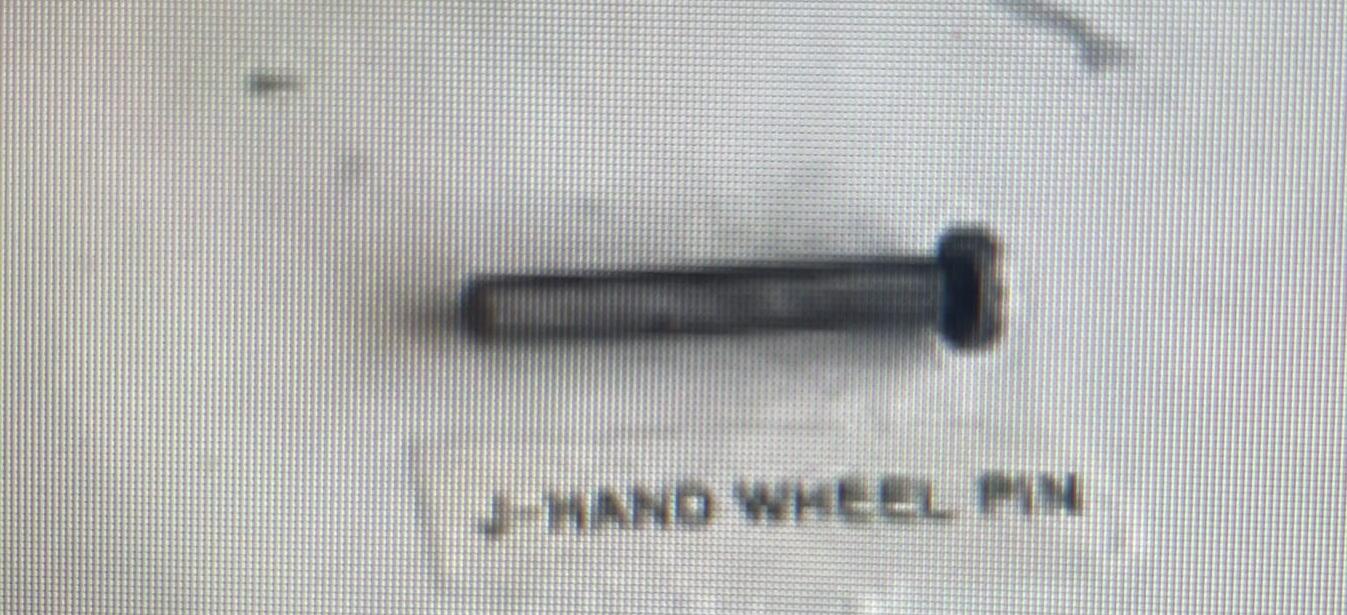Singer Featherweight Vintage
SINGERFEATHERWEIGHTVINTAGE.COM is your destination for Singer Featherweight 221 and 222 sewing machines, parts, and accessories, along with a curated selection of art for enthusiasts and collectors. With a focus on quality and authenticity, we bring you vintage and refurbished machines, original parts, and unique art pieces to inspire your creativity and passion for sewing and artistry.
AI Music Made by PaveVoice
Hot Categories
New Arrival at Singer Featherweight Vintage Plus Art and Music
Services
SINGER FEATHERWEIGHT SERVICES
Singer Featherweight Vintage Sewing Machines Questions Ask Me How does it thread, which way does the thread go in the needle, which way does the needle face, how do you wind the thread on bobbin., where do you oil the machine, when do you oil the machine, how to store you machine, how to pack a machine for shipping, or just about any question you can think up. The number one tip I can give a new seamstress is to always turn the handwheel until the needle is starting down toward the material. It will save you a lot of problems.
SINGER FEATHERWEIGHT SERVICE, PARTS AND REPAIR
Singer Featherweight Vintage Sewing Machines will need repair at some point. It might only need cleaning and oiling, but at some point it will need some attention. That said these machine have proven to be one of the most durable machines on the market. If you keep the machine serviced it will last for ever.
MARKETING
We sell these machines on other websites like eBay. We also have been doing sales and service for over 65 Years on your little Singer Featherweight Vintage Sewing Machines. All you have to do is look at our machines and you will see why we have been doing business for this long. We have some testimonials on the site that show customers love what we do. Selling and Service is an art and no one does it any better than we do. From the beautiful little black original machine to the newly Powder Coated machines we have done it all.
Timeline
Original Singer Featherweight colors
The Singer Featherweight sewing machine was produced in several original colors throughout its production run from 1933 to the late 1960s: Black The most common and iconic color for Singer Featherweights was black. These machines featured: Glossy black finish Gold decals Ornate "Egyptian" scrolled face plate Chromed balance wheel Black Featherweights were produced throughout the entire production run, from 1933 until 1961 when production of black models ceased. White Introduced around 1964, the white Featherweight had a unique appearance: Officially called "Pale Turquoise" Often described as having a slight green tint Featured a mint green and ivory or light blue and navy case Had an internal belt drive instead of gear-driven mechanism Tan/Beige Introduced around 1960-1962: Sometimes referred to as "light bisque" Manufactured mostly at the St. John's Factory in Quebec, Canada Had a longer bed extension similar to black models Rare Variations Some early models (first 2000 machines approximately) had a silver drip pan instead of black A "crinkle" or "godzilla" finish is considered the rarest Featherweight color variation It's important to note that slight variations in shades could occur due to differences in paint mixing at the factory3. Additionally, while these were the original colors, many Featherweights have since been repainted by enthusiasts in various custom colors
12/1/2024Tan/Beige Singer Featherweight Model 221J
The Tan/Beige Singer Featherweight, officially called "Light Bisque" by Singer, is a unique and sought-after variant of the iconic Featherweight sewing machine. Produced in the early 1960s, this model represents Singer's attempt to modernize their best-selling 221 Featherweight with an updated color and style. Key Features Color: Ranges from creamy beige to light brown, with the exact shade appearing different depending on lighting conditions Production: Manufactured primarily at the St. John's factory in Quebec, Canada, and some at the Clydebank factory in Scotland Model Designation: Often labeled as 221J (for Canadian-made) or occasionally 221K (for Scottish-made) Design: Features a more aerodynamic, sleek design in the light housing and faceplate compared to earlier models Unique Characteristics Two-tone tan case with vinyl texture Tan foot controller and cord Red "S" badge above the model plate Distinctive bobbin winder shape with a thumb tab Mechanically identical to black Featherweights, including the long bed extension and internal gearing system Collectibility The Tan/Beige Featherweight is considered one of the more collectible variants due to its relative rarity. Fewer were produced compared to the traditional black models, making them harder to find, especially in excellent condition. Historical Context Singer introduced this color variant in the early 1960s as part of their effort to modernize the Featherweight line and appeal to changing consumer tastes. The production of these machines coincided with a period of transition in Singer's manufacturing strategy, with some machines being partially produced in one location and finished in another
2/10/2003Pale turquoise Singer Featherweight 221K
The Pale Turquoise Singer Featherweight 221K is a unique and sought-after variant of the iconic Featherweight sewing machine. Produced in the mid to late 1960s at the Kilbowie factory in Scotland, this model represents a significant departure from the classic black Featherweights. Color and Appearance Despite its common nickname "White Featherweight," the official Singer color designation was "Pale Turquoise". The machine's appearance can vary depending on lighting conditions, sometimes appearing more white or pale green. This color variation adds to its charm and collectability. Unique Features The Pale Turquoise 221K introduced several changes from its black predecessors: Internal belt drive: Unlike the gear-driven mechanism of earlier models, this version uses a toothed belt system. Shorter bed extension: The flip bed is noticeably shorter than on black models. Hardwired electrical components: The power cable and foot controller are permanently attached to the machine. Plastic components: More plastic is used in the operator controls. Simplified design: It lacks the gold decals found on earlier models. Performance and Collectability While some enthusiasts prefer the classic black Featherweights, the Pale Turquoise model has its merits: Smooth stitch quality: Despite mechanical differences, it maintains the Featherweight's reputation for excellent stitching. Rarity: As a later and less common variant, it's prized by collectors. Historical significance: It represents Singer's attempt to modernize the Featherweight line in response to declining sales. However, potential buyers should note that some parts specific to this model may be harder to find for repairs or restoration
1/8/2016Rare Variations of Singer with Some Models Explained
Rare Singer Featherweight models and special badges have captivated collectors and enthusiasts over the years. Here's an overview of some notable variants: Chicago World's Fair (1933-1934) The Singer Featherweight made its public debut at the Chicago World's Fair, also known as the "Century of Progress" exposition1. These early models featured a special badge commemorating the event, marking the beginning of Featherweight's illustrious history. Texas Centennial Exposition (1936) To celebrate Texas' 100 years of independence from Mexico, Singer produced a limited number of Featherweights with a "Texas Centennial Exposition 1836 - 1936" badge. These machines were sold exclusively at the exposition in Dallas from June 6 to November 29, 1936. As of March 2020, only 16 of these extremely rare machines have been documented, making them among the most sought-after Featherweight Rare Models Wrinkle (Crinkle) Featherweight 221 Officially called "Wrinkle" finish by Singer Produced on two recorded commission dates: December 5, 1939, and August 15, 1940 Features a unique rough or crinkly finish, almost charcoal in color Highly sought after due to its scarcity and distinctive appearance Black Side Featherweight While not specifically mentioned in the search results, this rare variant is known to collectors but information is limited. Military Singer Featherweight Although not detailed in the provided search results, some Featherweights were produced for military use during World War II, featuring olive drab paint and special markings. Special Badges World's Fair Badges Chicago World's Fair 1933 to 1934: Special dated badge with a brown border, marking the Featherweight's introduction Chicago World's Fair 1934: Re-dated badge for the fair's reopening Golden Gate Exposition (1939-1940) Singer created two distinct badge editions for the Golden Gate Exposition in San Francisco: 1939 Edition: Commemorating San Francisco's new Bay Bridge and Golden Gate Bridge, these Featherweights featured a "Golden Gate Exposition San Francisco 1939" badge. As of March 2020, 39 of these machines have been identified. 1940 Edition: For the exposition's second year, Singer produced another batch with a "Golden Gate Exposition San Francisco 1940" badge. These are slightly rarer, with only 23 machines known as of March 2020 Golden Gate Exposition San Francisco 1940: Second year of the exposition Centennial Badge (1951) Commemorated Singer's 100-year anniversary (1851-1951) Featured on machines from 1948 to 1952 Standard Singer emblem with the inscription "A Century of Sewing Service 1851-1951" Blue border around a yellow center containing the familiar Singer shuttle logo Red "S" Badge (1959-1961) Replaced the traditional vibrating shuttle logo Found on UK-made Featherweights Considered the last of the metal badges attached with rivets Other Notable Badges Pre-1885: Included "New York" in the text 1904-1940: Wittenberge factory version (Germany) 1950s: Silver-colored badge for refurbished machines in the UK 1952 onwards: Patterned border around embossed brass center, with black, brown, or green borders These rare models and special badges add to the collectability and historical significance of Singer Featherweights, making them prized possessions for sewing machine enthusiasts and collectors alike. Some early models (first 2000 machines approximately) had a unfinished drip pan instead of black A "crinkle" or "Godzilla" finish is considered the rarest Featherweight color variation as there were very few made. It's important to note that slight variations in shades could occur due to differences in paint mixing at the factory. Additionally, while these were the original colors, many Featherweights have since been repainted by enthusiasts in various custom colors and this is where Powder Coat comes in on this site. As you can see on this site the different colors of Singer Featherweight sewing machines that are powder coated. Here are some specific Phrases to put in a google search if you are looking to find a specific model or badge related to the singer featherweight: Wrinkle finish Singer Featherweight 221 identification" "Military Singer Featherweight olive drab paint markings" "Singer Featherweight World's Fair badge variations" "Centennial Singer Featherweight 1851-1951 badge authenticity" "Red S badge Singer Featherweight UK production" "Singer Featherweight Golden Gate Exposition 1939 model" "Rare Singer Featherweight color variants collectability" "Singer Featherweight Texas Centennial Exposition 1936 badge" "Crinkle finish Featherweight 1939-1940 commission dates" "Singer Featherweight specialty badge identification guide I hope this was of some help to understand the specifics of the little Singer Featherweight Vintage Sewing Machines. Collectibility and Value These specialty badge editions are highly prized by collectors due to their rarity and historical significance: Texas Centennial Featherweights are considered the rarest and most valuable3. 1939 Golden Gate Featherweights have an approximate retail value of $3,300-$6,000. 1940 Golden Gate Featherweights are valued similarly to the 1939 edition, around $3,300-$6,000. These special editions not only represent significant moments in history but also showcase Singer's commitment to commemorating important events through their iconic Featherweight sewing machines.
3/14/2003Contact
- 3841 Northwest 22nd Terrace, Cape Coral, FL, 33993, United States
- +1-402-699-4151 - Bob
- bobbyoshel@aol.com
- Mon-Fri - 08:00-19:00
Contact me to ask questions on a sewing machine, parts or information.
Singer featherweight vintage is here to assist you in your desire to own a singer featherweight, we help if you need parts or repair and we will answer any questions you have if you are having a problem with your machine. We can make sujestions on your problem or help to further your knowledge of the singer featherweight vintage and earily model identification.
Some parts are on different models and indentification of those parts are valuable information if you are trying to get top dollar for your early model machine. Other people just want to have a better understanding of what they actionally own.
Many of these machines are very valuable and the smallest item can make the difference in value. At singerfeatherweightvintage.com it is a great source for people looking to make sure their machine has all the original parts the machine came with or to authicate any issues you think you have on your machine.
We also sell the Singer Featherweight in the original and powder coated versions. The original model Black machines are cheaper because of the amount of restoration that goes into reclaiming a machine that has fewer issues or other imperfictions.
We Powder Coat machines and make them beatiful again. The powder coating system is far better at finishing than painting. We have painted machines and after a few years the finish develops spots from moisture. Paint is porous and can allow moisture to creap in its pours causing a small spot in the paint.
Thanks Bob Oshel
Content Page
- Singer 20-10 Sewhandy Childs Sewing Machine Parts
If you're looking for replacement parts for the Singer 20-10 Child’s sewing machine, you'll find a wide selection available for purchase on our parts page, complete with pricing. Parts in stock include essential components such as needle bar screws, balance wheels, looper cams, feed dogs, presser bars with foot assemblies, tension brackets, spool pins, and original seam guides. We also offer accessories like replacement needles, spool felts in various colors, and instruction manuals specific to the Singer 20-10. Whether you need a small screw or a major assembly, all parts are clearly listed and ready for sale to help keep your Singer 20-10 sewing machine in perfect working order. Email me a bobbyoshel@aol.com to let me know what part you need.
